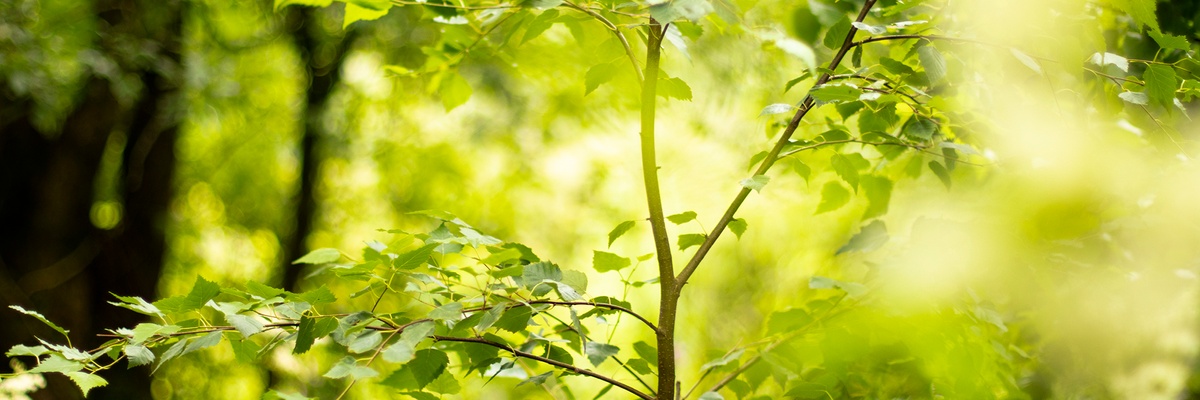

We can help you bring the benefits of native woodlands into the heart of your town and community: connecting people with nature, helping to mitigate the impacts of climate change, increasing biodiversity and providing wildlife habitats.
“We’re excited to develop a Tiny Forest at Tait House. We believe it will be integral in enhancing local biodiversity and in helping the local community to learn about the range of ways in which they can restore their local environment”.

Dala ikhasi lakho lephrojekthi
Chofoza inkinobho yokuqala eluhlaza ukuze ubhalise futhi usethe ikhasi lakho lephrojekthi. Kuyashesha, kumahhala futhi kulula.
Qedela i Inselele Yezinsuku ezingama-30
Qedela izinyathelo ezilula ezinsukwini ezingama-30 ukuze ukhiphe iphrojekthi yakho phansi.
Yenza iphrojekthi yakho isebenze
Landela umhlahlandlela wezinyathelo ezi-5 kanye nohlelo lwakho lokusebenza ukuze wenze iphrojekthi iphile.
Yabelana ngomthelela
Yabelana Umphumela ngokuthumela isifinyezo nezithombe kanye nokuqedela inhlolovo.
Isikhathi
Okuphakanyisiwe: The planting season is from late November to February so it's best to start the planning stage before autumn. From the first site survey to planting day could be as short as 4 weeks. After planting and mulching is completed, the Tiny Forest is left to grow with minimal interference - perhaps only watering in a drought and some weeding in the first year. After two to three years, it should be left to grow and evolve like a wild, native woodland.
Ulwazi olwengeziwe mayelana nokuthi ungaqala kanjani nanoma yiziphi izinsiza ezabiwe yi- Living Woodlands
Partner with Living Woodlands in the creation of a Tiny Forest for your community and we will provide all the expertise, materials and contractors required while supporting you from the initial planning through to completion and management.
